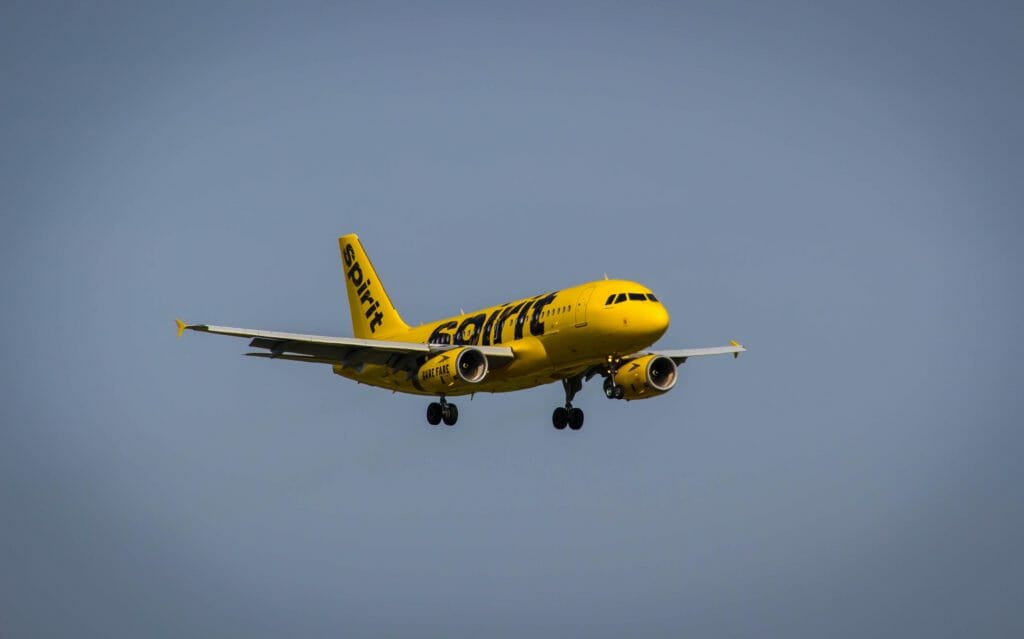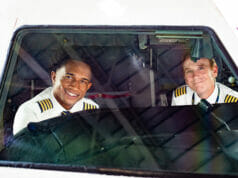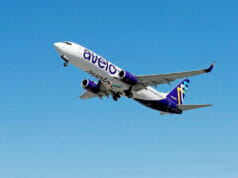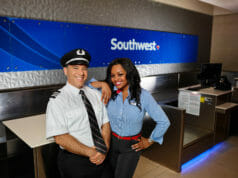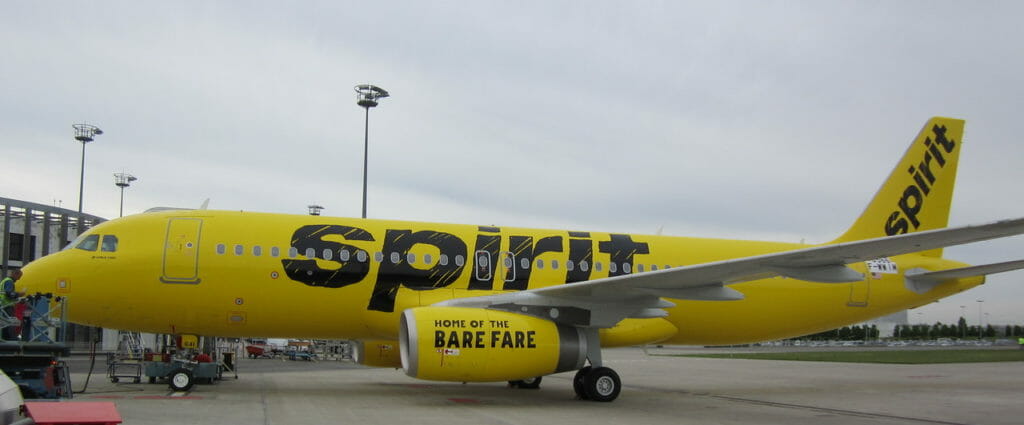
Gosh, flying sure has gotten expensive. But Spirit is a breath of fresh air. As the Ultra Low Cost Airline of the Americas, Spirit is all about Less Money. More Go. But hey, “low cost” doesn’t mean cheap. Low cost means giving customers a choice in how they spend their money. Spirit calls this Frill Control. You never pay for extras you don’t want. This freedom is a boon to value-centric customers who are paying for their own tickets (no expense accounts here, thank you very much). It’s an awesome unbundled approach that Spirit has become known for – it’s why they’re Home of the Bare Fare!
This method of doing business is working. Spirit’s young, fuel-efficient Fit Fleet is growing at a crazy rate. They’re currently stacked with 71 Airbus A320 family aircraft, and by the end of the year they plan to have at least 80 aircraft, comprising of A319, A320 and A321s. Spirit flies to 57 fantastic destinations throughout the US, Latin America and the Caribbean, serving over 150 non-stop markets.
Founded in 1980 in Macomb County, Michigan, Spirit started as a charter and tour operation (they were very exclusive back then). In 1992, the name was changed to Spirit Airlines and service was added from Detroit to Atlantic City. By the spring of 1999, Spirit had relocated its corporate office to Miramar, Florida (a smart choice for the Vitamin D addicts). Spirit announced its transition to an ultra-low cost carrier in 2007, and in 2011, Spirit’s common stock began trading on NASDAQ under the ticker symbol SAVE (GET IT?).
In early 2013, they rechristened their corporate offices, “The Spirit Support Center,” showing a renewed attitude of service and commitment to the customer-facing Team Members. ‘Twas the beginning of a new era of re-energizing and empowering their lean, diverse team.
Next came some soul-searching to identify the needs of their operations. A cross-departmental team was assembled to plan the evolution of infrastructure, identify future automation opportunities, and develop process-driven solutions to support the rapid 20-30% annual growth. Departments that once alienated each other like teens in a high school lunchroom were united to solve issues together. Every piece of the airline was evaluated and adjusted to support an operation at least five times the present size in just a few years.
Internal and external improvements became noticeable and measurable quickly.
What about their culture?
Spirit culture is fun, friendly, and relaxed – occasionally even irreverent (in a completely HR-friendly way). Guided by the Spirit Way, this growing airline creates commitment and encourages innovation.
The Spirit Way is a simple philosophy, defining how Spirit should work, grow, and serve their customers and itself. It strives to position Spirit as the airline of choice for customers, and the employer of choice for potential and current Team Members.
Mid-year 2014 gave birth to bright new branding. Spirit’s key benefit (saving you money) is front and center. The Less Money. More Go. tagline and vibrant yellow color showed customers that they are doing things differently. Spirit keeps fares low, allowing travelers to go more places, more often – and have more money to spend when they get where they’re going.
Throughout 2014, Spirit kept their marketing edgy, finding fun and innovative ways to be provocative with purpose. They developed a branded curriculum, easier to use website, and a fresh educational campaign designed to help Team Members explain and build brand love for their unique business model. It’s a model that allows millions of customers to fly who might not have been able to otherwise: grandmas visiting grandkids; young, long-distance loves; the small business owners; we’re friends flying friends.
As the internal conversation about launching the next years’ programs continued, Spirit started producing tangible results. In 2014, Spirit was named a finalist among the “Good to Great” companies to work for— a title that they are dead set on clinching in the near future.
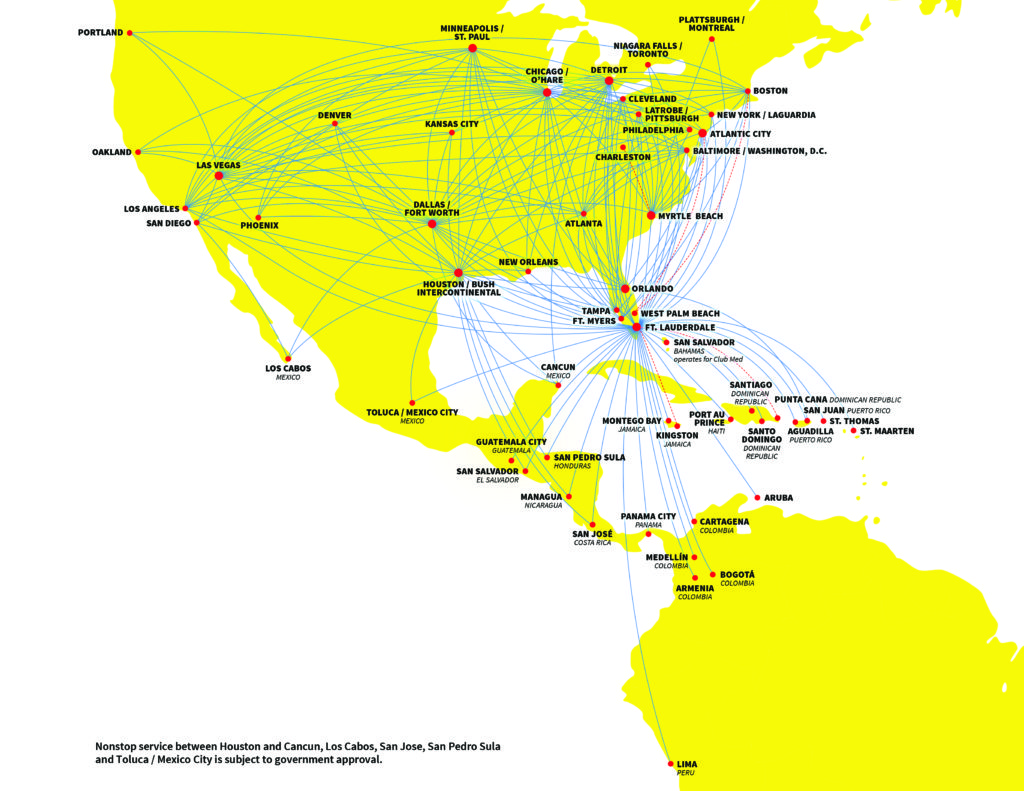
By the beginning of 2014, the internal action items were clearly identified and the year was branded The Year of the Customer. Definite steps were adopted for customer education, in-person communications, and a key focus was placed on Team Members and their development. Senior leaders championed and rallied their workforce through change and commitment towards innovative solutions. The momentum and progress was, and continues to be, palpable.
In 2015, Spirit unveiled their five-year strategy, along with a set of initiatives that promise to deliver their stated growth plans, for real. Their approach to transparency, communications, recognition, and discipline will keep their Team Members and Business Partners informed, engaged, and innovating. It was clear that Spirit was truly Gettin’ Better All The Time and this simple phrase became the core theme as they entered 2015.
Spirit will continue to exercise strong fiscal discipline – carefully allocating resources to support future growth – with a keen eye on safe, efficient and reliable operations. They value accountability and push their Teams through a goal setting and performance review process. Spirit is not shy about spending when it produces improvements in operational reliability and metrics. They are not cheap, just very value-conscious.
Spirit invested millions of dollars to convert their Support Center to a trendy, open-floor plan and equipped it with new furniture, fixtures and natural lighting to make for a pleasant and comfortable work environment. This renovation project is helping to reinforce that departments collaborate together more efficiently than ever before.
Safety and Operational Reliability
Spirit is 138% focused on safety, reliability, customer education, and the development of their 8,000+ Team Members and Business Partners (why 138%? Because we do more than give 100%, and 110% is so last season). Innovation is highly valued; thinking completely outside of the box is embraced, even if it leads to gonzo ideas and impromptu happy hours. Just consider their advertising. Consider it! Things that other airlines wouldn’t do, Spirit snuggles tenderly. Someone once said about the working teams, “we are like a bunch of misfits that somehow, magically, really fit.” They appear to be building a great airline together.
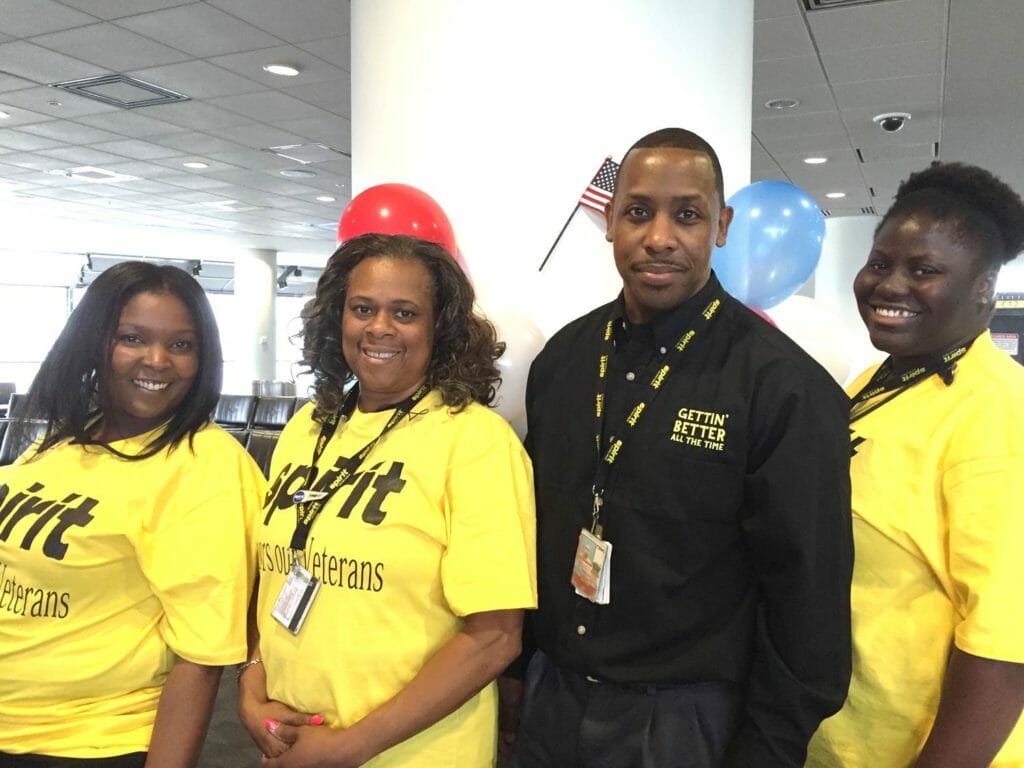
Earlier this year, Spirit was named the 2015 Value Airline of the Year by Air Transport World. Spirit was also recognized as the Most Fuel Efficient Airline by the International Council on Clean Transportation, a title they accept with great pride. And, hot off the press, Spirit was named Business of Year by the South Florida Business Journal in recognition of exceptional performance in the business community. Nice.
And what does this mean to our Pilots?
Spirit is the fastest growing and most successful Ultra Low Cost airline in the U.S. They are profitable, rocking the map and connecting the dots to more places. Their pilots are encouraged to Fly It Like You Own It – a philosophy deeply imbedded not only in the manuals, but also in everyday line flying. They fly to some really exciting destinations, in and out of some very challenging theaters. The Captains have authority and they are expected to use it wisely, after considering others’ input.
Their fleet growth will position Spirit to more than double in size by 2021 – and that is just with the aircraft orders in the books as of today. Spirit cares about its Team Members and the love is showing (in a completely HR-friendly way). What they’re doing works. Spirit is writing history.
With a rich culture, an innovative (read: sometimes crazy) mindset, and a unique and profitable future ahead of them, Spirit is looking for great people. They want excellent aviators who are not just pilots, but active participants in problem solving, customer engagement, team leadership; understanding how and when to leverage their authority with a high degree of responsibility while making it light hearted when appropriate. Fly It Like You Own It explains it best. Pilots’ input is always welcomed, and countless changes have been incorporated into the procedures and manuals as a direct result of it. Operational ownership is deeply encouraged.
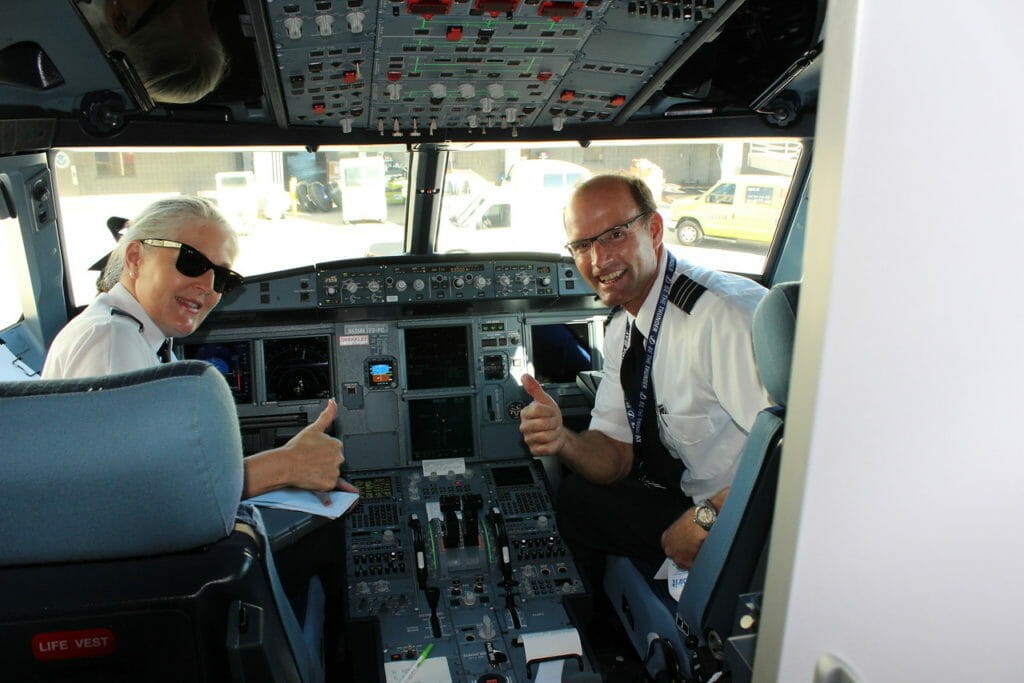
Training is innovative and concentrates on creating a whole aviator. Every New Hire is trained and qualified with a PIC Type Rating. The demands of the operation require sound judgment, great leadership and CRM, and excellent situational awareness. Extensive co-operation with training providers and manufacturers has provided Spirit with Flight Training Devices and Full Flight Simulators that represent the fleet accurately to the closest detail. This yields a tremendous advantage to the pilots learning the Airbus with its advanced software-based systems.
Spirit will continue to invest wisely in technology, processes, and people. They will continue to value safety, operational reliability, customer education, and the development of their Team Members. Moreover, they will nourish a culture which has sprouted renewed pride and forged a spirited sense of commitment and innovation. No doubt about it– Spirit is well-positioned for long-term success making it a great (really great) place to work and grow with.
And, they’re gettin’ better all the time.
Learn more at www.Spirit.com
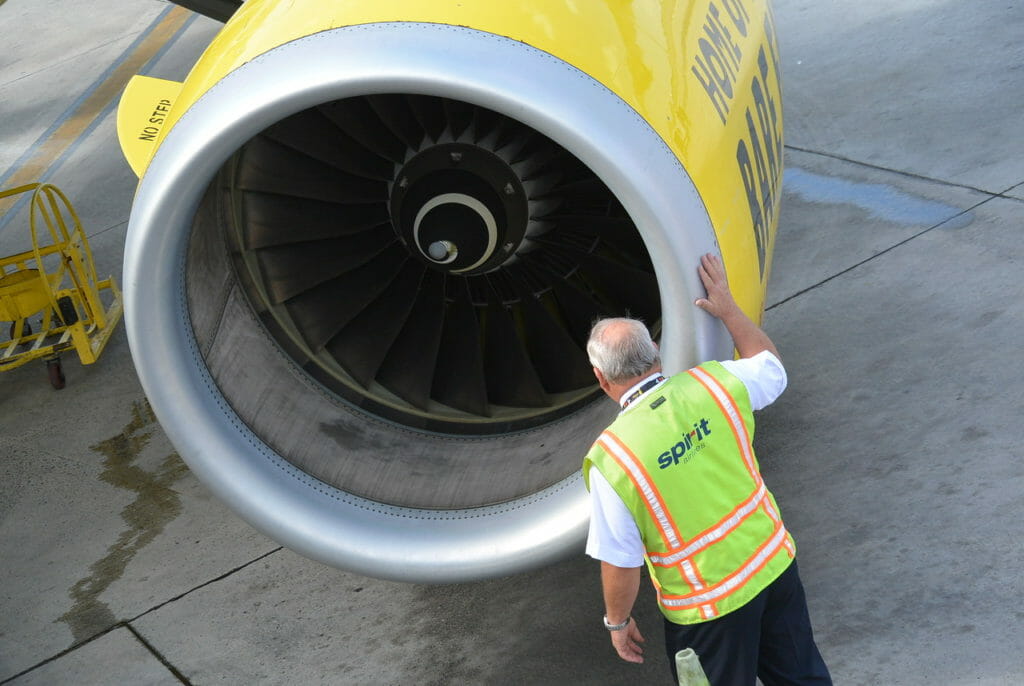
Craig: “How do you select applicants to be brought in for an interview?”
Jyri: “We use multiple channels such as career fairs, people that stop by our Support Center, other pilot recommendations, and we get a lot of friend of friend referrals. We prefer multiple-type ratings and a broader background of experience. We are always looking for a well-rounded individual. We want thoughtful but thorough professionals who like people and understand what leadership looks like from a pilot’s perspective; pilots who are comfortable taking care of business as owners.”
C: “What is the best way to prepare for an interview with your company?”
J: “Be yourself. We are looking for a wholesome individual and this is something that I reiterate at career fairs. Being a pilot is a ticket to the show; it is the price of entry. We are looking for people that really take part in building a company. A lot of our growth is still so explosive and exponential that we get to fix problems together. I am not merely looking for pilots but I’m looking for really good people who just happen to be aviators.”
C: “What is your online test used for?”
J: “It is used identify some of those key personality traits that I mentioned earlier.”
C: “Do you recommend that applicants get to your headquarters city the day before and get a hotel room for the night?”
J: “I could care less, but let me put it this way … I am looking for good people and, in my book, good people will be able to comfortably articulate whether they get settled in the day before, or if they rush in five minutes before the start of the event. It may be nice to come in early to meet others and network. Don’t get lost here; the competition is against oneself, not the other interviewees – we have plenty of spots for all that meet our needs!”
C: “Can you walk me through a typical day of interviews?”
J: “They show up in the morning before 0800. We do quick introductions and everyone gets to tell their story. Then we take them through a short presentation. This is for those that do not have all the bits and pieces of our company and so they understand who we are. Then there may or may not be a test, but there is an opportunity to mingle with the other pilots as we start to pull pilots out for their individual interviews. The personal interview is normally done with two or three other people; normally a chief pilot, check airman or director of training and someone from HR. We will all go to lunch together; after lunch we go through the rest of the applicants in the pool that day. At the end of the day we will check if anyone has any questions, then we will dismiss the whole gang. They will find out within a week how it went. More importantly though, each applicant should really use the time to decide and find out if we are the right fit for them. If you are not sure, please do not join us – there is nothing worse than a miserable pilot; conversely, nothing better than a bunch of aviators who like to work together!”
C: “What kind of questions can an applicant expect to be asked?”
J: “A lot or a few questions aimed at getting to know you.”
J: “Do you remember the last time you took an oral exam?”
C: “Yes I do.”
J: “Just like an oral examination, you can offer the required answer to the check airman. In an interview setting one has to understand that we have a goal of getting to know them. We have a finite time period in which we really need to learn the good, the bad and the ugly; don’t hold back! The interview is about getting to know you; we have to get to know you in order to offer a lifetime job! The pilot part is already a known entity to us, since by the time people come to us they have enough flight time they know how to fly an airplane. That’s not an issue. We have an excellent training program that will teach them the rest. We want to get to meet the person. To me, if I have to ask a lot of questions and I have to pry it out of a person, it almost suggests that you may have something to hide or you are not comfortable as a person. If you are a good guy or gal you just sit down and start telling the stories and experiences; that’s how I prefer an interview to go. We ask a lot of ‘Tell Me About A Time’, and if someone is comfortable in their skin, it normally takes us one or two questions and we start getting an idea who you are. Those two questions will take us on a half an hour conversation. I think it’s really important for the applicant to understand that if we don’t get to know them, if they don’t allow us to get to know them, they are possibly not going to be successful. We are making a lifetime investment in the pilots that we are hiring and we need to know who they are. We are all human. Let’s tell the stories and not try to be super-humans (although secretly we all believe we are, right?)”
C: “What are some of the biggest mistakes that applicants make during the interview process?”
J:
“Not be open. We can deal with the ugly if we know it. We can deal with the meat and potatoes type of a pilot who doesn’t really bring any pizazz but is a good pilot. What we cannot do is hire someone we don’t know. If you don’t let us get to know you, we can’t make a hiring decision. So the biggest mistake would be a lack of openness. Oh yeah, and don’t forget to have fun!”
C: “You mentioned a written test early, what can you tell me about the written test?”
J: “We keep changing it enough so that nobody knows.”
C: “What is the deciding factor whether you give the test or not?”
J: “Depends on what side of the bed we got up on that morning and did we find matching socks or not.”
C: “Thank you Jyri for taking the time to talk with us and share some insight for our readers, and thank you to Maggie and the rest of your team for helping put this article together.”
